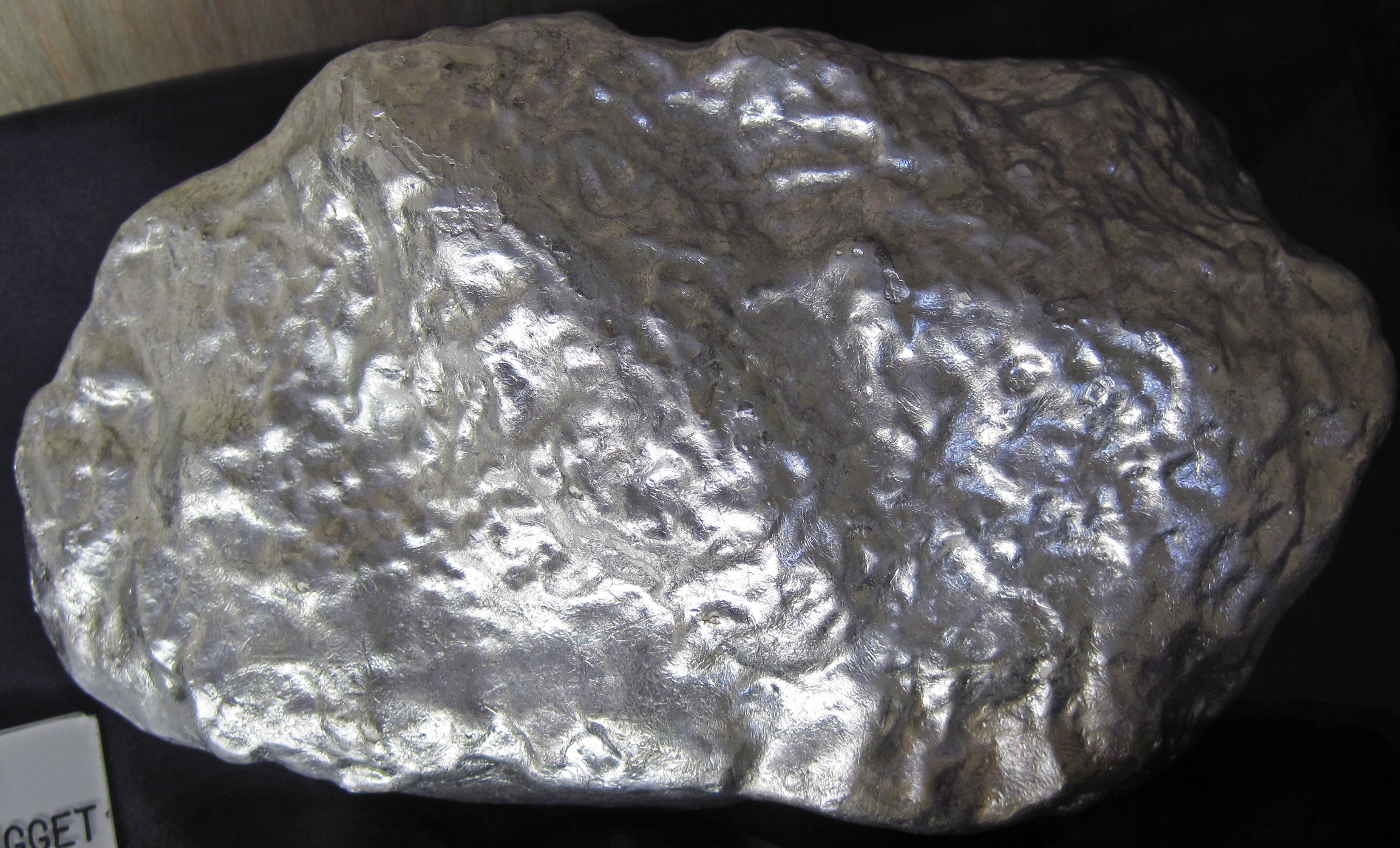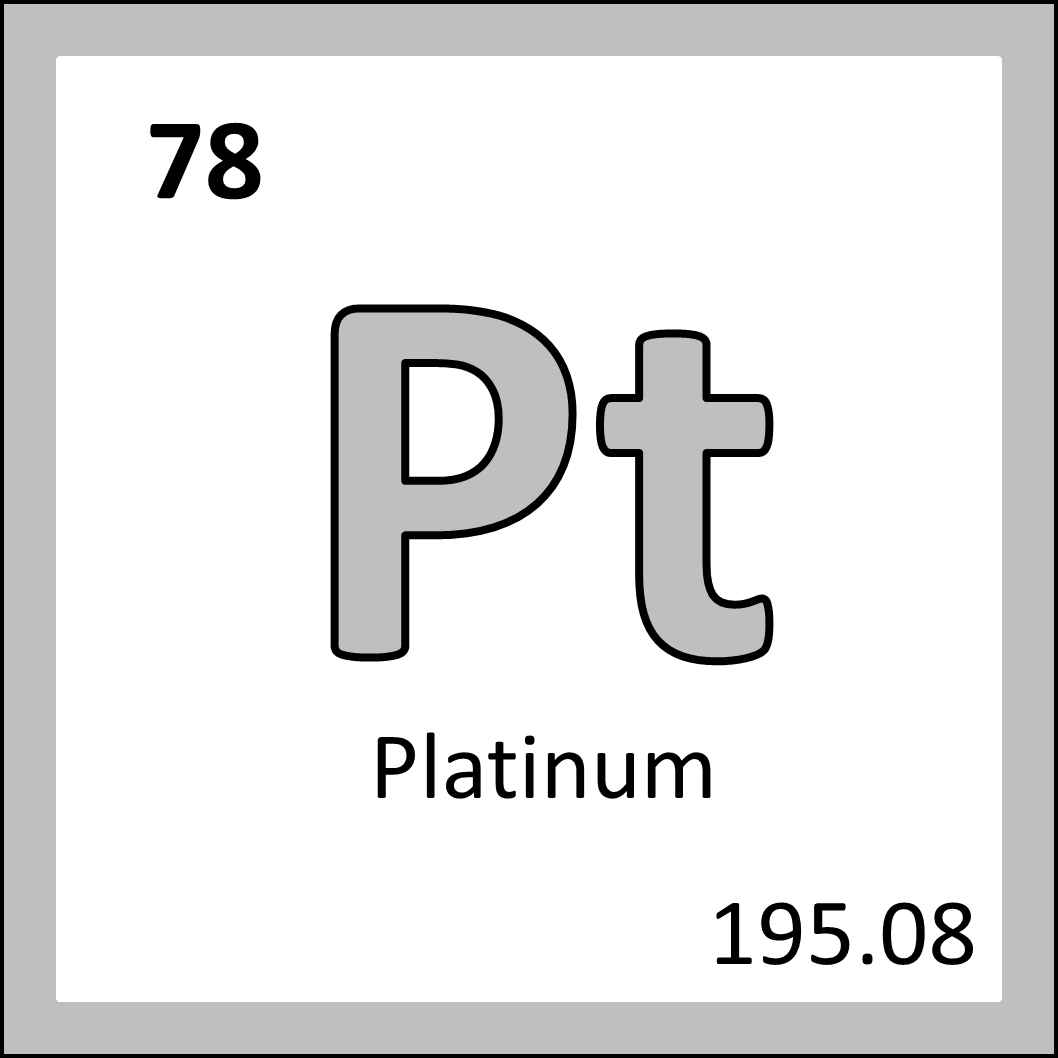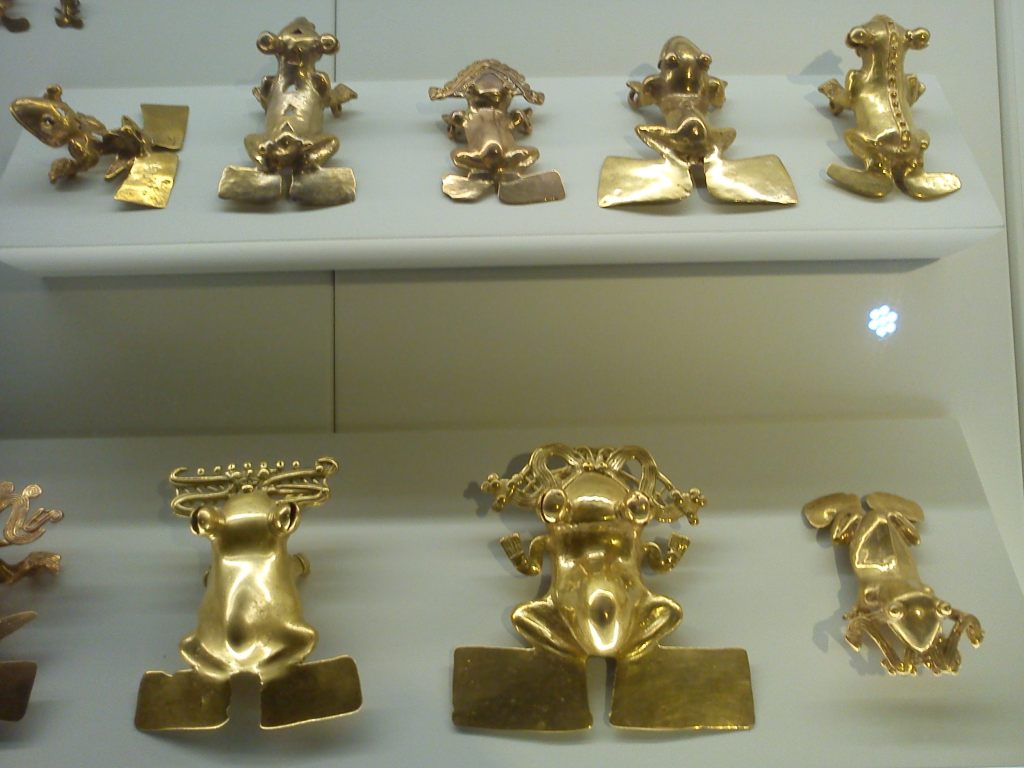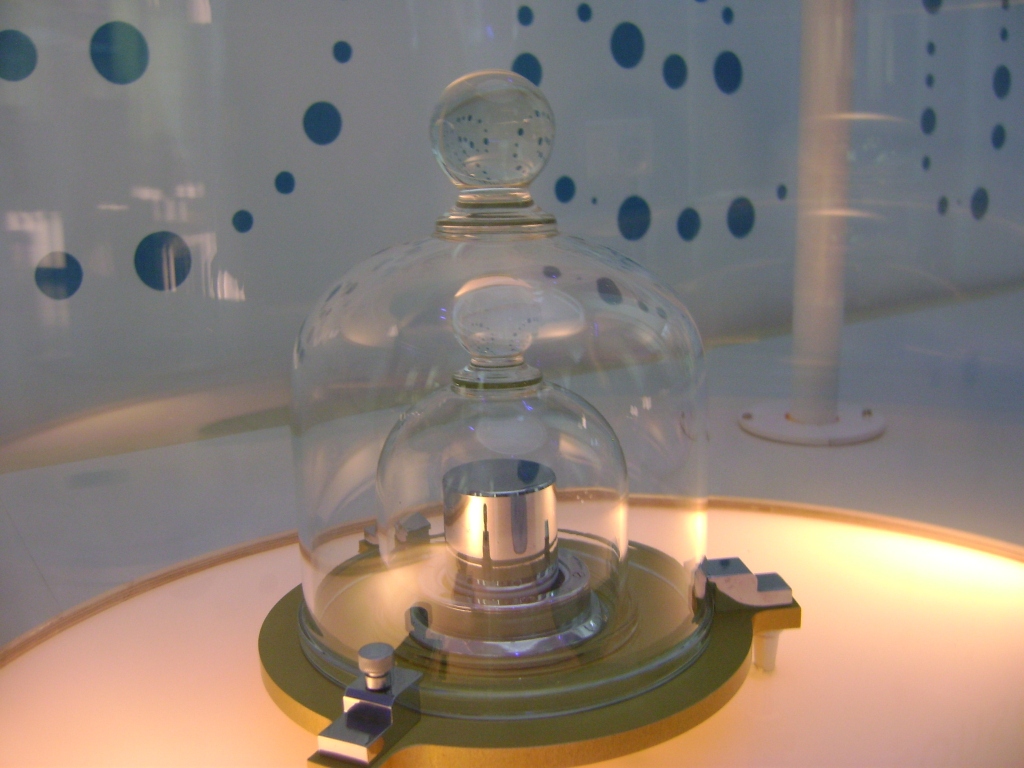


Clockwise from top-left: a shiny replica lump of platinum (from Wikimedia Commons), platinum as it appears in the periodic table, platinum is used often in hard disk drives (from Pixabay).
We’ve covered all the other members of the platinum group, a group of relatively inert metals found near each other in the periodic table, now it is time for their leader, platinum. Its inertness, and therefore resistant corrosion, combined with its relative scarcity on Earth has landed it status as a highly desirable element, and therefore worth a fair amount (almost £24 per gram).
There is evidence of platinum being used outside of Europe in Ancient times. Traces of platinum have been found in Ancient Egyptian gold in tombs, potentially without the Egyptians realising. In South America, white gold (an alloy of gold and platinum) was used to make artefacts by native people thousands of years ago.

The abundance of platinum in the Americas began being noticed by Europeans millennia later. Records of a metal that could not be melted started appearing in the 16th century, and then in the 18th century naval officer and scientist Antonion de Ulloa found some nuggets of this mysterious metal after seeing Native Americans mining it in South America. After bringing the nuggets back to Europe, he studied the metal’s resistance to heat and corrosion, and published his data in 1748. This inspired further research on platinum across Europe for the rest of the 18th century. The metal was named platinum, using the Spanish “platino”, which means “little silver”, referring to the abundance of silver mines established in South America (this is also where the name Argentina comes from, only in Italian).

One of the main uses for platinum outside of research are in jewellery and awards. Platinum’s high melting temperature and resistance to corrosion means that relatively high percentage of the metal can be used in trinkets compared to other precious metals like gold. Platinum records also sit above gold records and below diamond records in terms of recognising the number of sales an artist has achieved for a specific recording (whether that is a single, album or music video). The number can vary depending on the country and what kind of recording is being honoured, but for albums in the USA it is considered 1,000,000 sales for platinum to be achieved.

Platinum’s other big use is in catalysts, and outside research this is specifically through catalytic converters. As good catalysts need to be able to lower the energy input needed for a reaction to happen without being used up itself, platinum’s inert nature lends itself well to this. Catalytic converters ensure that relatively clean gases are coming out of engine exhausts by ensuring that any leftover hydrocarbons that haven’t burned are combusted to produce water and carbon dioxide. Platinum catalysts can also be used in hydrogenation reactions (adding hydrogen to chemicals) and for converting hydrogen peroxide into water and oxygen.
Alloys of platinum can be used in electronics. Thermocouples, which help measure the temperature in very hot environments like ovens, often use platinum alloys to help resist the high temperatures. Other uses for platinum and its alloys include in computer hard disks, spark plugs in cars and turbine blades.
Platinum being resistant to corrosion also has a history of providing standards for common measurements. From the late 19th century all the way to 1960, a bar of platinum-iridium alloy was used to determine how long a meter was, and before that it was a purer bar of platinum made at the end of the 18th century. From 1879 to 2019, a different cylinder of platinum-iridium alloy was used to denote a kilogram of mass, before its replacement with a different definition based on physical constants of the Universe. The standard hydrogen electrode, against which the electrode potential (ability to donate or receive electrons) of other chemicals is measured, uses a platinum electrode coated in platinum dipped in a reaction between dissolved hydrogen ions and hydrogen gas. Finally, platinum is used in one of the four thermometers used to calibrate other temperature measuring devices. So platinum can help define how long, heavy, warm and willing to donate electrons things are!

And that’s platinum- the little silver, standardising and catalysing element!

One thought on “Day 113: Platinum”